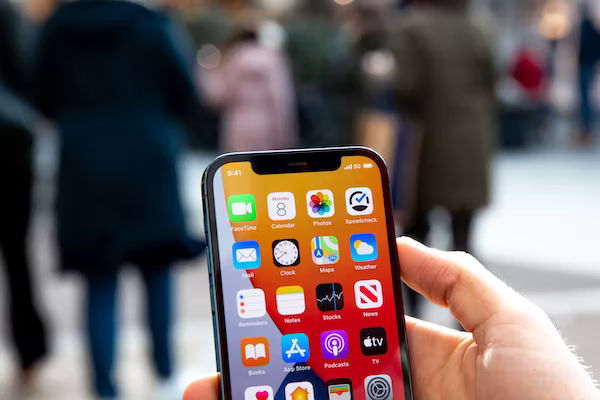Indian Prime Minister Narendra Modi launched 5G services on Saturday. An official announcement states that the Prime Minister will introduce 5G in a few cities before gradually extending it over the entire nation over the following few years.
How does 5G technology affect our health?
The newest wireless mobile phone technology, known as 5G, went into widespread use in 2019.
The projected benefits of 5G include improved e-Health and a wide range of new applications (telemedicine, remote surveillance, telesurgery).
Also read: 5G technology: Key features and advantages
Differences between 5G and previous technologies
The progression of communications standards is represented by 5G. 5G will use higher frequencies up to a few tens of GHz and around 3.5 GHz to offer improved performance. While body scanners and point-to-point radio communications are two other common uses of the higher frequencies outside of mobile phone networks, they are new to mobile phone networks.
5G networks will make use of more base stations and connected items at these higher frequencies. Beam-forming antennas will also be used in 5G to more effectively guide signals towards the device being used as opposed to existing base station antennas, which spread the signal out in all directions.
Also read: 5G rollout in India: What its role is in Disaster Alert technology
Exposure levels related to 5G
The current 3.5 GHz exposure from 5G networks is comparable to the 2.4 GHz exposure from current mobile phone base stations. With the utilisation of various beams from 5G antennas, exposure may vary depending on the users’ locations and usage. Given that 5G technology is still in its early stages of implementation, it is still unknown how much radiofrequency field exposure will alter.
Potential health risks from 5G
After extensive investigation, it has been shown that there is no causal connection between exposure to wireless technologies and any negative health effects. Studies conducted across the entire radio spectrum have led to health-related results, but so yet, only few have been conducted at the frequencies that 5G will use.
The primary method by which radiofrequency fields interact with the human body is tissue heating. The amount of radiofrequency radiation caused by modern technologies barely raises the body’s temperature.
Also read: 5G rollout in India: What are Jio, Airtel, Vodafone’s plans
As the frequency rises, less energy is absorbed by the body tissues and is instead concentrated more on the surface of the body (skin, eye). No negative effects on public health are predicted as long as the overall exposure is below international standards.
International 5G exposure guidelines
Guidelines for electromagnetic field exposure are produced by two international organisations. Currently, several nations follow the recommendations made by: The International Committee on Electromagnetic Safety, which is run by the International Commission on Non-Ionizing Radiation Protection and the Institute of Electrical and Electronics Engineers.
Also read: 5G rollout in India: Which smartphones support 5G networks?
These rules do not depend on any particular technology. They include the radio frequencies being discussed for 5G and extend up to 300 GHz.







